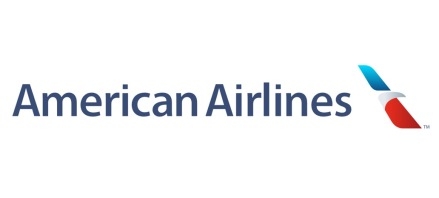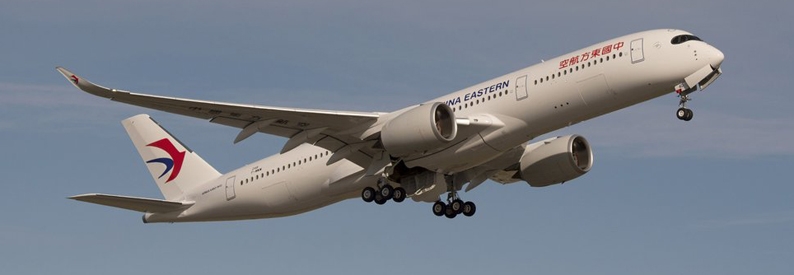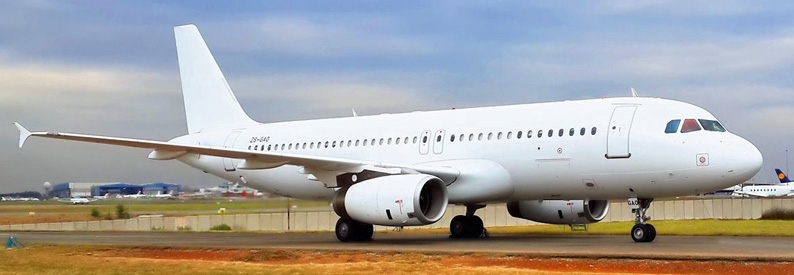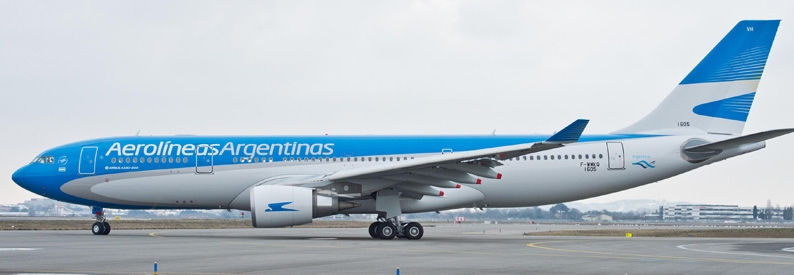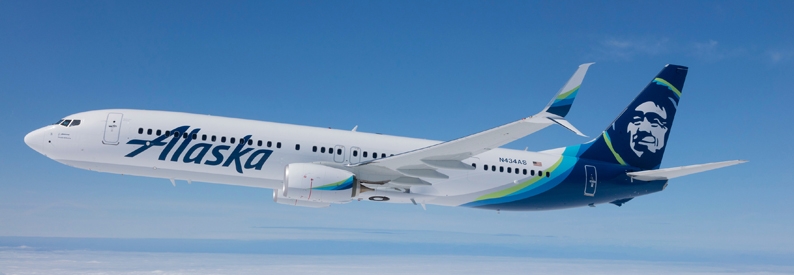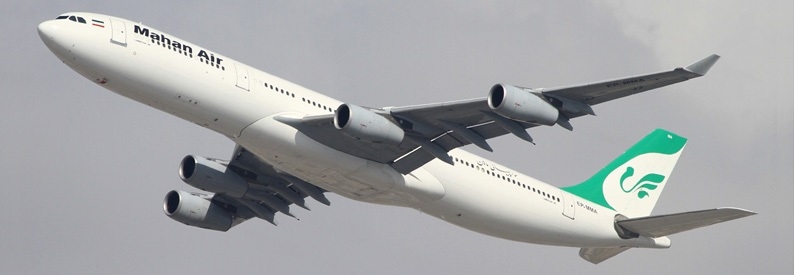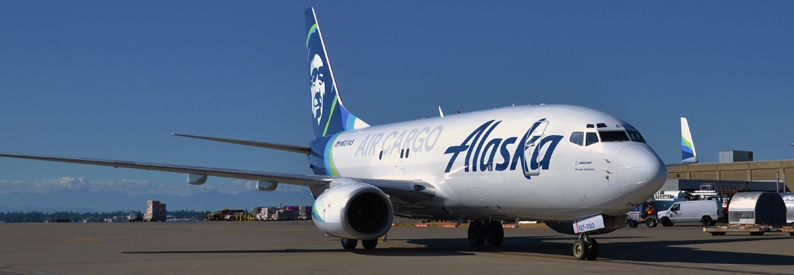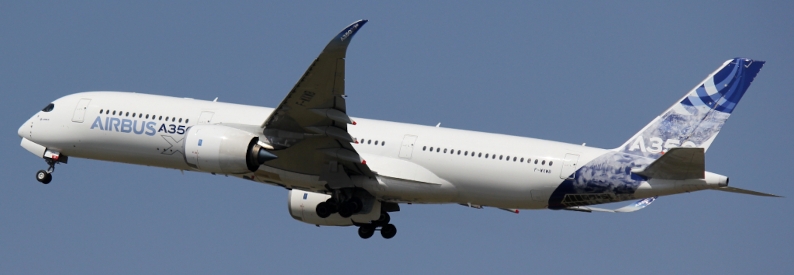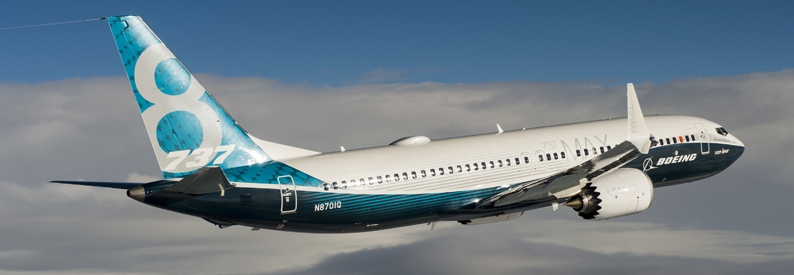The US Department of Transportation (DOT) has tentatively granted antitrust immunity to American Airlines (AA, Dallas/Fort Worth) and Qantas (QF, Sydney Kingsford Smith) over their proposed enhanced transpacific joint business agreement.
The two's original application in 2016 was rejected on the grounds that it would reduce competition and consumer choice. They subsequently refiled in February 2018 adapting their JV plans to enhance competition and provide more valuable benefits for consumers compared to their last application.
The metal-neutral revenue-sharing joint venture, which covers routes between North America, including the US mainland, the US Caribbean territories (Puerto Rico and the US Virgin Islands), Canada, Mexico, and Australasia (limited to Australia and New Zealand), will allow Qantas and American Airlines to significantly improve service, stimulate demand and unlock more than USD300 million annually in consumer benefits that are not achievable through any other form of cooperation.
The two also argued that the JV would grant them the opportunity to launch additional routes between the US and Australia and New Zealand, including new flights on city pairs currently not served by either carrier.
In a Show Cause order provisionally granting the JV antitrust immunity, the DOT said June 3 that its analysis had found substantial public benefits would likely be realised as a result of the immunised cooperation and that the benefits can only be achieved with a grant of antitrust immunity. However, given the JV would cover the ultra-long-haul US-Australasia market with unique structural and geographic factors in play, including a high concentration in certain segments of the market, there is the possibility that competition could be adversely affected if the joint venture plans are not implemented as intended.
As such, the DOT said it would impose several conditions on its immunisation authority notably that American and Qantas must conduct a Self-Assessment in seven (7) years based on clear benchmarks set by the Department. The Self-Assessment will be developed in partnership with the DOT and should be focused exclusively on determining whether the findings made by the Department remain justified and showing the extent to which the benefits predicted by American/Qantas have been achieved.
It will target four key areas:
- Market Capacity: Qantas/AA would provide seat and departure numbers per distinct nonstop O/D market served on a quarterly basis during the evaluation period;
- Technological Investment: Qantas/AA would report the status of their efforts to implement the revenue management and pricing systems that allow greater availability for passengers travelling on interline itineraries involving both American and Qantas;
- Market Stimulation: Measured against Qantas/AA's estimate of up to 180,000 new passengers annually in the US–Australasian market, Qantas/AA would quantify the total market size in US–Australasia on a quarterly basis, with particular focus on the incremental passengers their cooperation has added to the total market size;
- Non-exclusivity: Qantas/AA would detail the third-party cooperation undertaken by either carrier at their gateways in the US and Australasia (e.g., Qantas and Alaska Airlines at San Francisco and Los Angeles International).
In addition, Qantas/AA will have to grant a new entrant using its own aircraft in the nonstop US-Australia or US-New Zealand markets access to feeder flights on terms that are comparable to those offered to Qantas/AA's existing non-immunised partners, including non-immunised codeshare partners. The financial terms of these arrangements with third parties must be no less favourable than IATA prorate agreement(s) in effect at the time, the DOT added.
Other conditions include that Qantas/AA must withdraw from participating in any IATA tariff coordination activities that discuss any proposed through fares, rates, or charges applicable between the United States and any countries whose airlines participate in similar alliance activities with a US airline(s).
Qantas must also report a full itinerary Origin-Destination Survey of Airline Passenger Traffic for all passenger itineraries that include a US point to the DOT beginning with the first full quarter following the date of the issuance of a Final Order.
Objections are due by June 14, 2019.
The two carriers already have authorisation from the Australian Competition and Consumer Commission (ACCC) for two more years, until 2021.
